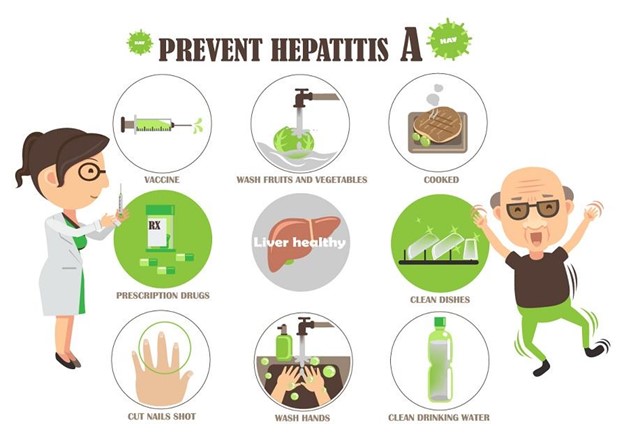A nurse is reinforcing teaching about an endoscopy with a client who has dysphagia. Which of the following statements should the nurse include in the teaching?
You will remain NPO for 8 hours before the procedure.
A flexible tube is introduced through the nose during the procedure.
During the procedure, a contrast dye will be administered via IV.
You will be awake while the procedure is performed.
The Correct Answer is A
Choice A Reason: For an endoscopy, the client must remain NPO (nothing by mouth) for 6 to 8 hours before the procedure to reduce the risk of aspiration and ensure a clear view of the esophagus and stomach.
Choice B Reason: A flexible tube is not introduced through the nose during the procedure, but through the mouth and down the esophagus.
Choice C Reason: During the procedure, a contrast dye is not administered via IV, but a sedative and an anesthetic spray are given to help you relax and numb your throat.
Choice D Reason: Clients undergoing an EGD typically receive moderate sedation (such as midazolam or propofol) to help them relax. They are usually drowsy and unaware during the procedure.
Nursing Test Bank
Naxlex Comprehensive Predictor Exams
Related Questions
Correct Answer is A
Explanation
Choice A Reason: Murphy sign is a finding that indicates cholecystitis, which is inflammation of the gallbladder. It is elicited by palpating the right upper quadrant of the abdomen and asking the client to take a deep breath. The client will experience pain and stop breathing in if cholecystitis is present.
Choice B Reason: McBurney sign is a finding that indicates appendicitis, which is inflammation of the appendix. It is elicited by palpating the right lower quadrant of the abdomen at a point one-third of the distance from the anterior superior iliac spine to the umbilicus. The client will experience pain and tenderness if appendicitis is present.
Choice C Reason: Cullen's sign is a finding that indicates intra-abdominal bleeding, which can be caused by various conditions such as ruptured ectopic pregnancy, pancreatitis, or trauma. It is characterized by bruising around the umbilicus due to blood accumulation under the skin.
Choice D Reason: Homan sign is a finding that indicates deep vein thrombosis (DVT), which is a blood clot in a deep vein, usually in the leg. It is elicited by dorsiflexing the foot and squeezing the calf muscle. The client will experience pain and resistance if DVT is present.
Correct Answer is C
Explanation
Choice A Reason: Sharing personal hygiene items like razors is not a common way of spreading hepatitis A, but it may transmit hepatitis B or C, which are blood-borne infections.
Choice B Reason: Unprotected sexual activity is not a common way of spreading hepatitis A, but it may transmit hepatitis B or C, or other sexually transmitted infections.
Choice C Reason: Eating uncooked foods is a common way of spreading hepatitis A, as the virus can contaminate food or water that has been exposed to fecal matter from an infected person.
Choice D Reason: Getting a tattoo is not a common way of spreading hepatitis A, but it may transmit hepatitis B or C, or other blood-borne infections, if the equipment is not properly sterilized.

Whether you are a student looking to ace your exams or a practicing nurse seeking to enhance your expertise , our nursing education contents will empower you with the confidence and competence to make a difference in the lives of patients and become a respected leader in the healthcare field.
Visit Naxlex, invest in your future and unlock endless possibilities with our unparalleled nursing education contents today
Report Wrong Answer on the Current Question
Do you disagree with the answer? If yes, what is your expected answer? Explain.
Kindly be descriptive with the issue you are facing.
